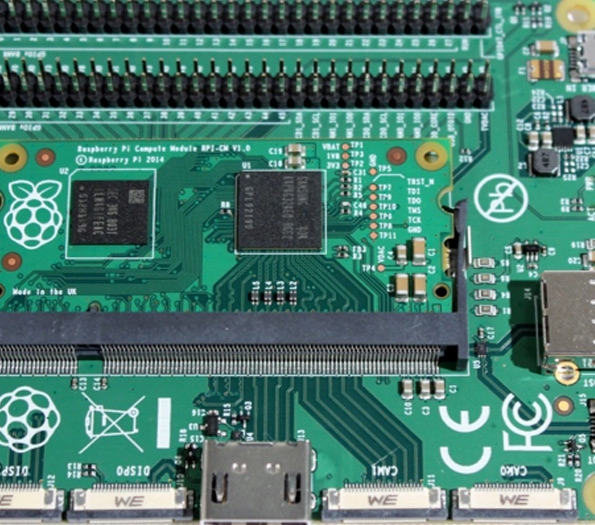

The Timeless Elegance of Antique Glass Panel Mirrors
Antique glass panel mirrors have long captivated the hearts of collectors and interior enthusiasts alike. These exquisite pieces not only serve a functional purpose but also add a touch of history, artistry, and sophistication to any space. In this article, we will explore the origins, craftsmanship, and enduring allure of antique glass panel mirrors, delving into how they can enhance both modern and traditional interiors.
Historical Context
The tradition of mirroring has ancient roots, with the earliest examples dating back to ancient Egypt, where polished metal and stone were used as reflective surfaces. However, it wasn't until the medieval period in Europe that glass became the primary material for mirrors. During the Renaissance, advancements in glassmaking techniques allowed artisans to produce larger and clearer mirrors, leading to the ornate designs we now associate with antique mirrors.
By the 17th and 18th centuries, mirror making had evolved significantly, particularly in France and Venice, where glass artisans began to experiment with different techniques, such as silvering and etching. This period saw the creation of the first glass panel mirrors—large, multifaceted pieces made by assembling individual glass panels. The intricate craftsmanship involved in producing these mirrors made them rare and expensive, often reserved for nobility and affluent households.
Craftsmanship and Design
Antique glass panel mirrors are distinguished by their craftsmanship and aesthetic detail. Each panel is meticulously cut and polished, showcasing the artisan's skill and dedication to their craft. The glass is often framed in ornate materials such as wood or gilded metal, adorned with decorative elements like carvings, floral motifs, or filigree. This attention to detail and artistry is what makes each piece unique.
What sets these mirrors apart is not just their size and shape but the glazing techniques used to create them. Many antique mirrors feature a technique called coppering, where a layer of copper is applied to the back of the glass, enhancing both the clarity and reflective quality of the mirror. This process requires immense skill, as any imperfection can lead to distortion, making genuine antique mirrors a testament to the craftsmanship of their time.
The Allure of Antique Mirrors
The charm of antique glass panel mirrors lies in their story and character. Each mirror has seen years of history, reflecting the lives, fashions, and decor trends of the past. They can evoke a sense of nostalgia, offering a glimpse into bygone eras. Beyond their historical value, these mirrors possess a timeless elegance that seamlessly blends with various design styles, from rustic to contemporary.

In modern interiors, antique mirrors serve as statement pieces, sparking conversations and adding depth to rooms. Their reflective quality can enhance the sense of space and light, making them ideal for smaller areas. Whether used in a grand hallway, a cozy living room, or a stylish bathroom, these mirrors can uplift the ambiance, creating a striking focal point.
Incorporating Antique Mirrors into Home Decor
When integrating antique glass panel mirrors into your home decor, consider the following tips to maximize their impact
1. Placement Position the mirror where it can reflect light and views, enhancing brightness and depth. Hallways, above mantels, and in dining areas can be excellent choices.
2. Complementary Decor Pair the mirror with antique or vintage furnishings to create a cohesive look. Mixing different styles can be rewarding; juxtaposing a modern sofa with an ornate antique mirror can create a stylish and eclectic atmosphere.
3. Layering To create visual interest, layer the mirror with other wall art, such as paintings or photographs. This arrangement adds dimension to your decor while drawing attention to the masterpiece of antique glass.
4. Restoration vs. Preservation Ensure that any restoration work maintains the integrity of the mirror. Consult professionals if needed; the goal is to preserve its historical value while enhancing its functionality.
Conclusion
Antique glass panel mirrors are more than just reflective surfaces; they are pieces of art and history. Their timeless elegance can transform any space, serving as a bridge between the past and present. Whether you are a seasoned collector or a lover of beautiful things, these mirrors are sure to evoke admiration and appreciation for their exquisite craftsmanship and the stories they carry. Embrace the allure of antique mirrors and let them enhance the beauty of your home.